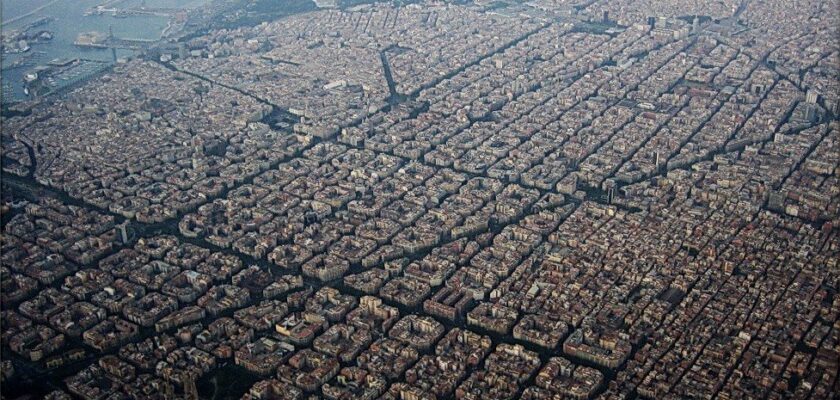L’Eixample
Eixample is perhaps Barcelona’s most famous neighborhood, it emerged in the late 19th century when Barcelona began to expand westward from the Gothic Quarter. It is home to stores, art galleries, and restaurants that are striking in their architecture.
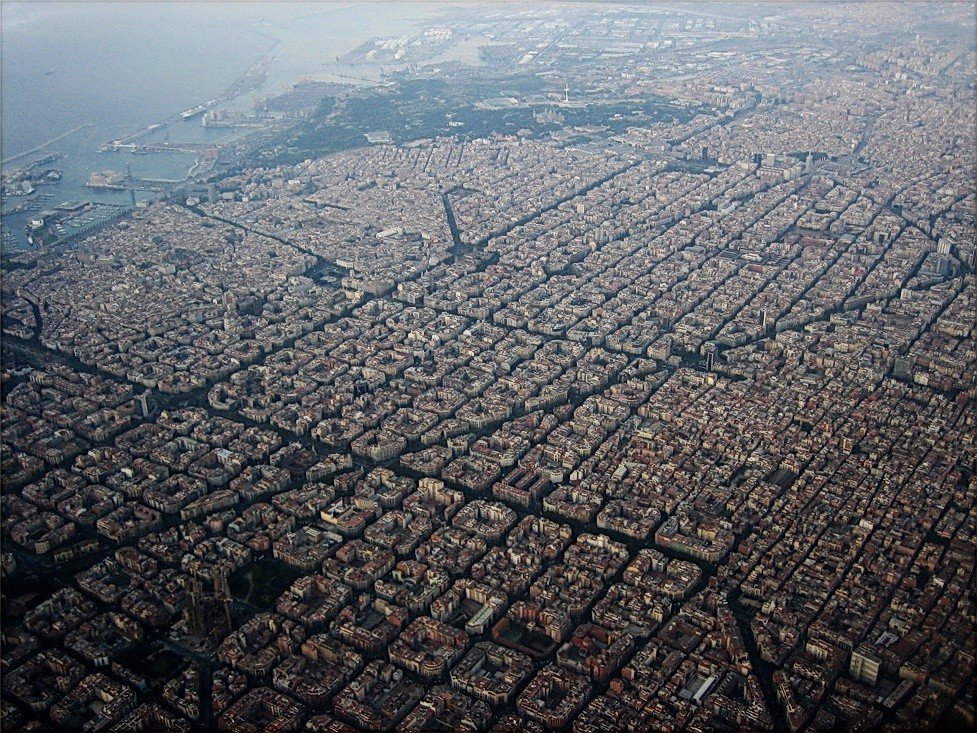
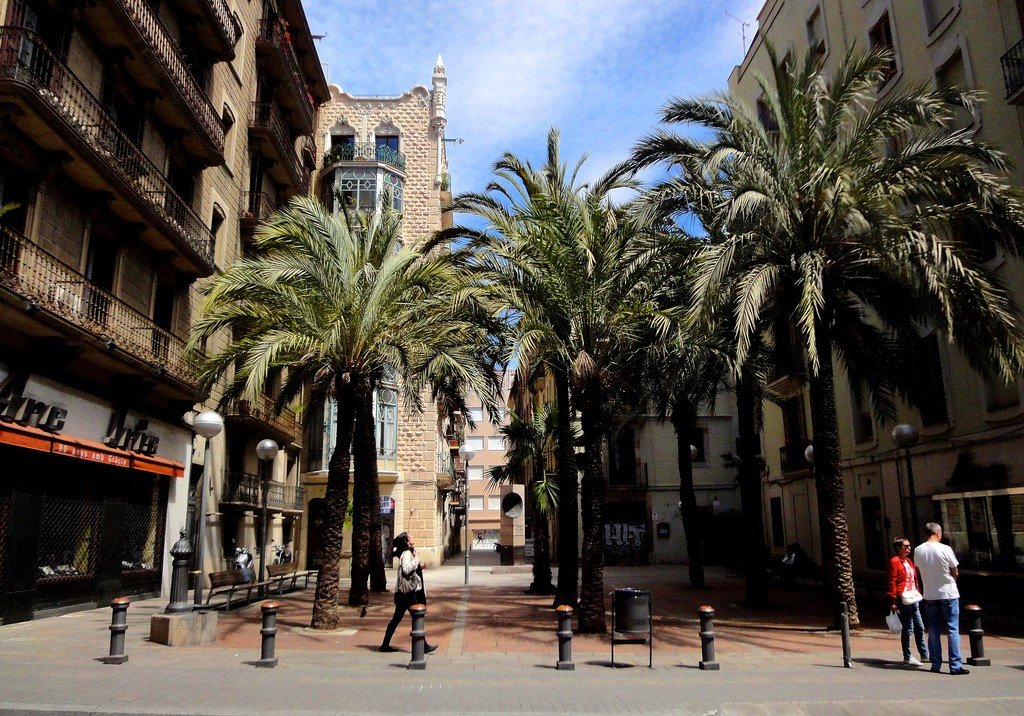
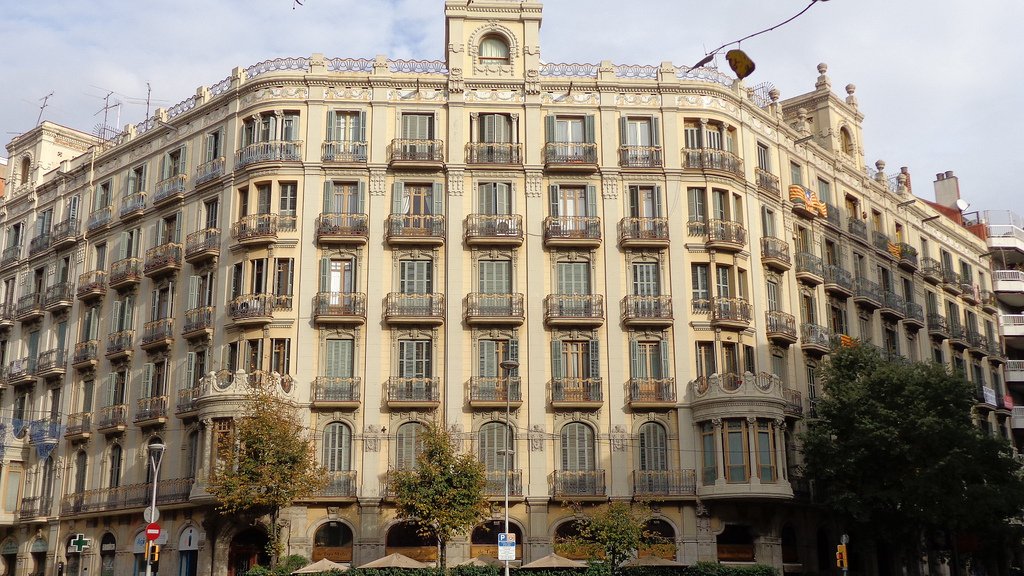
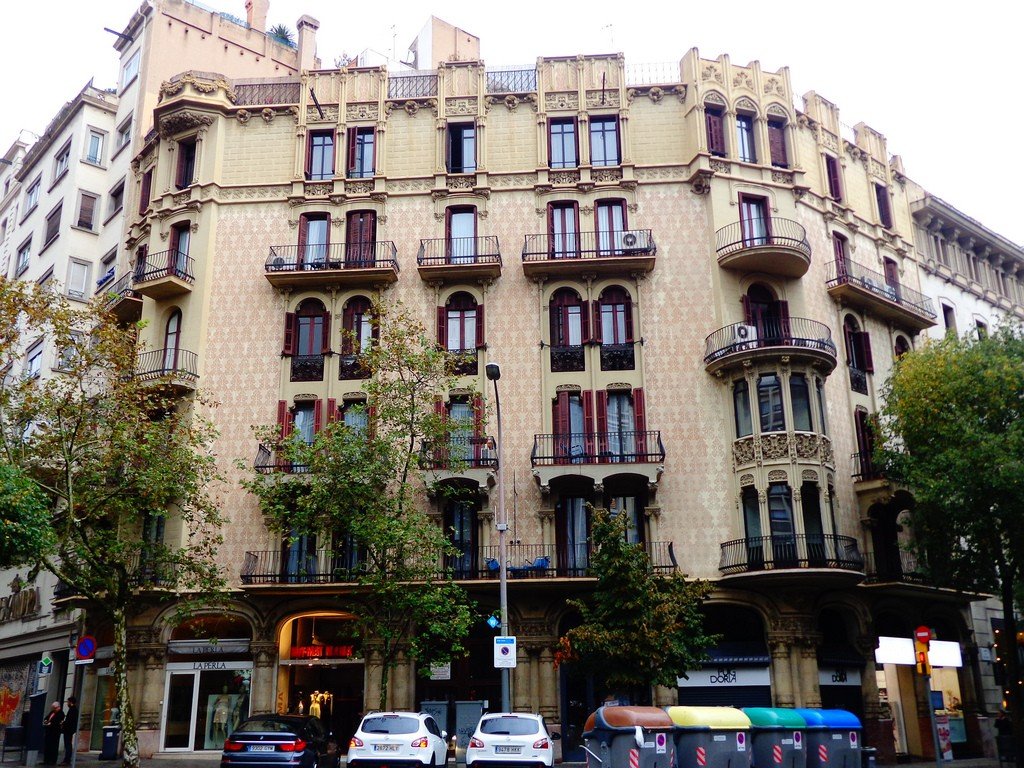
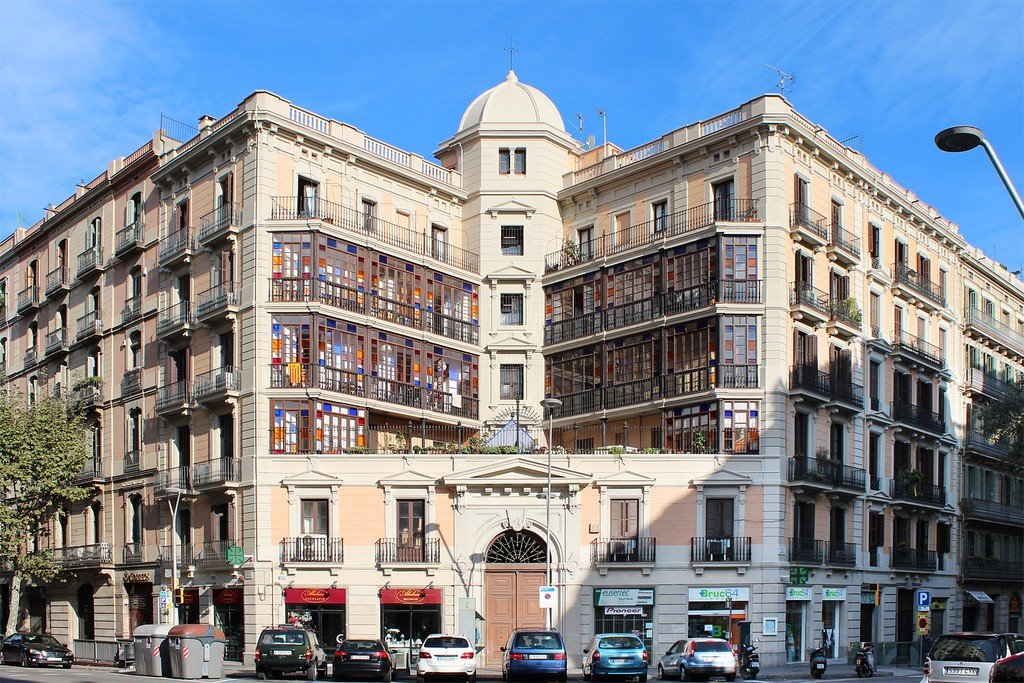
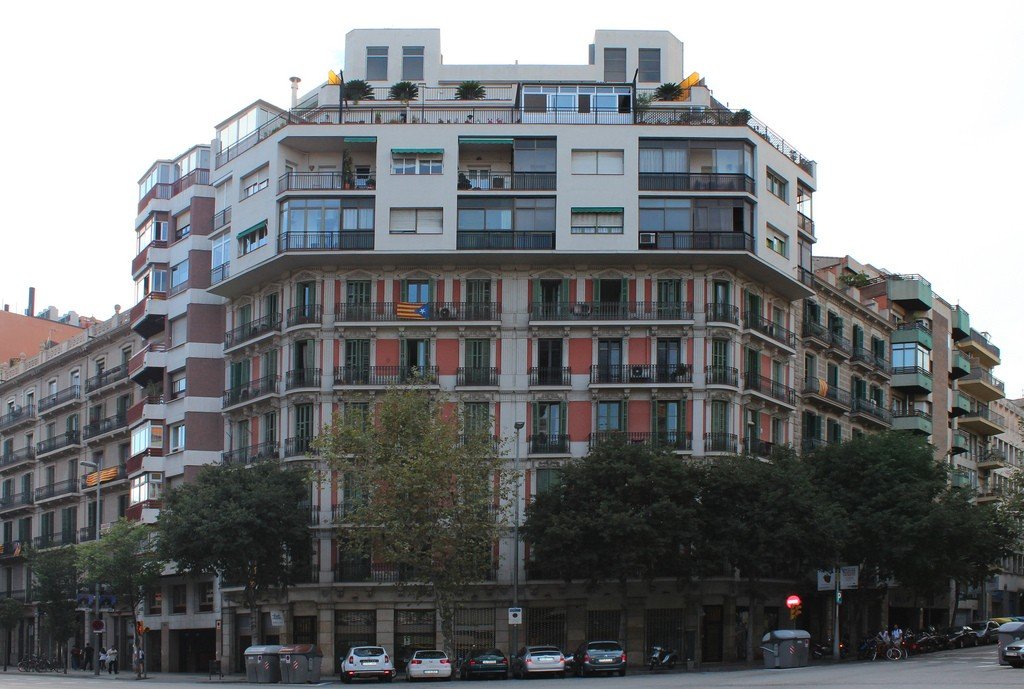
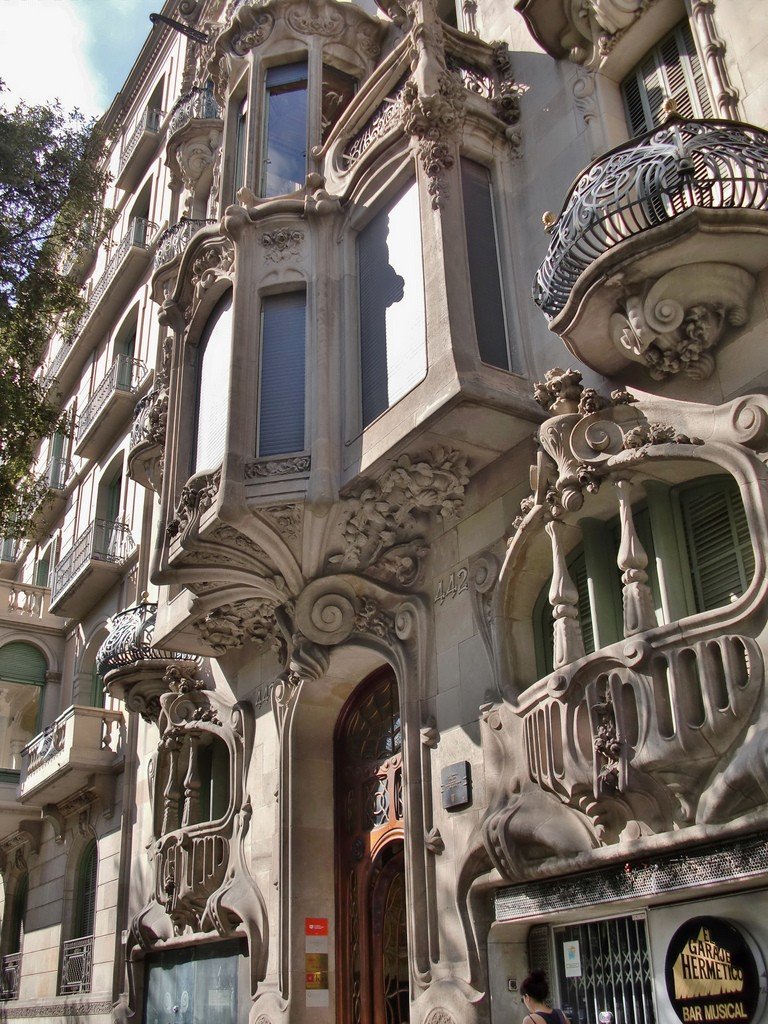
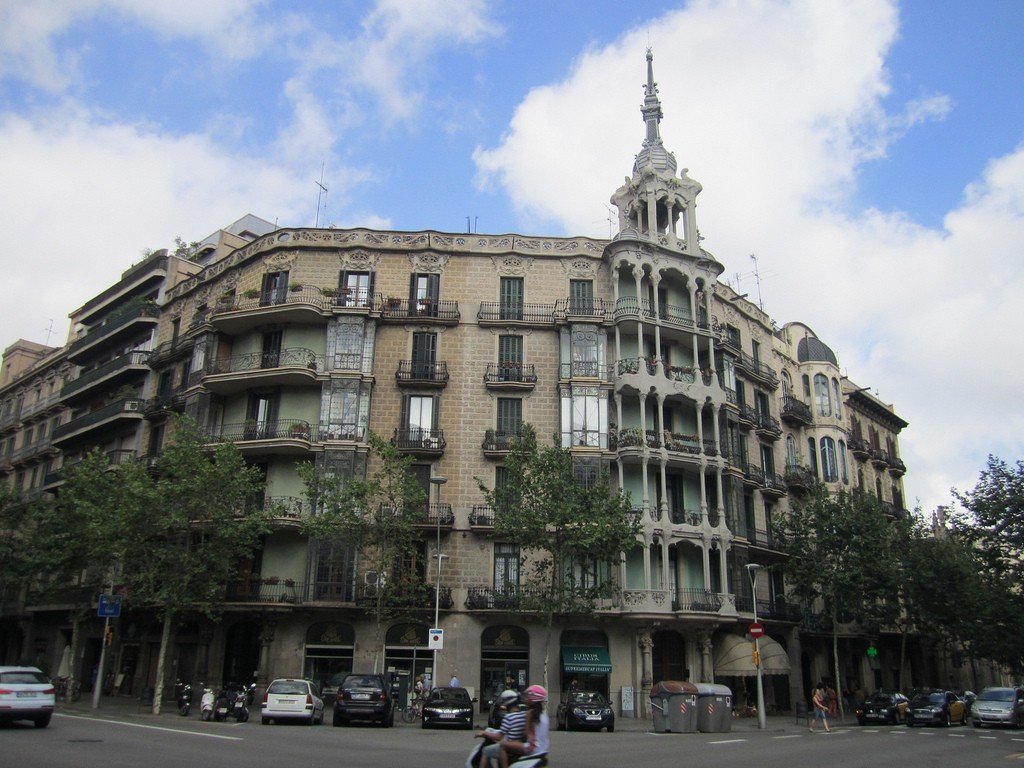
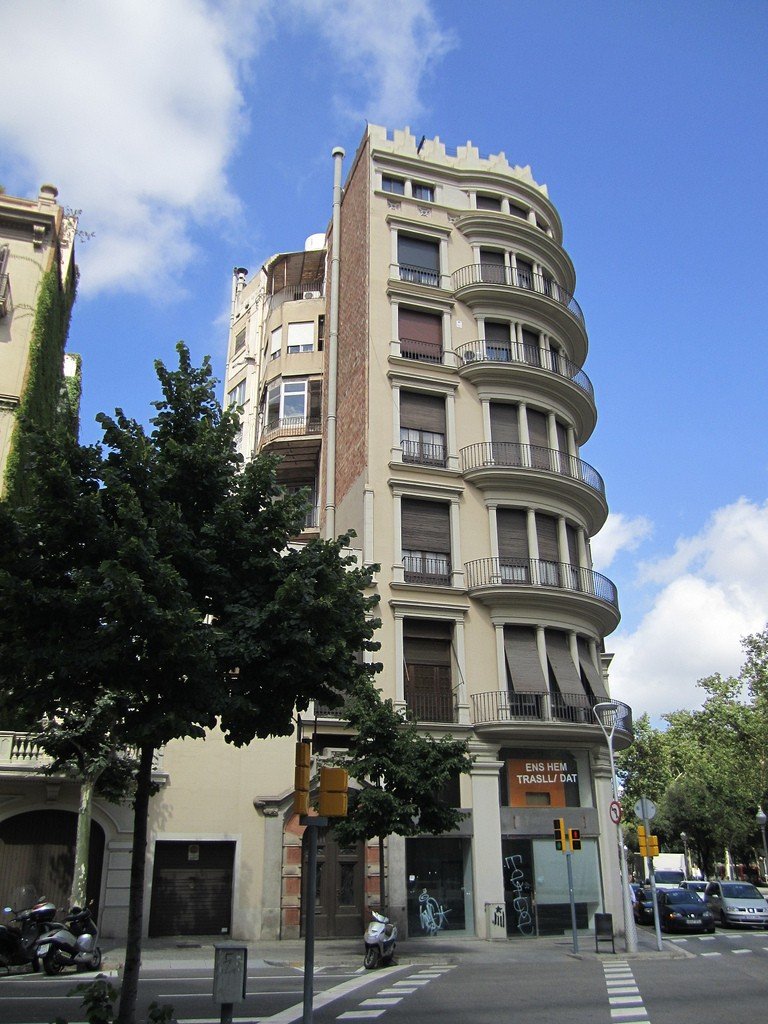
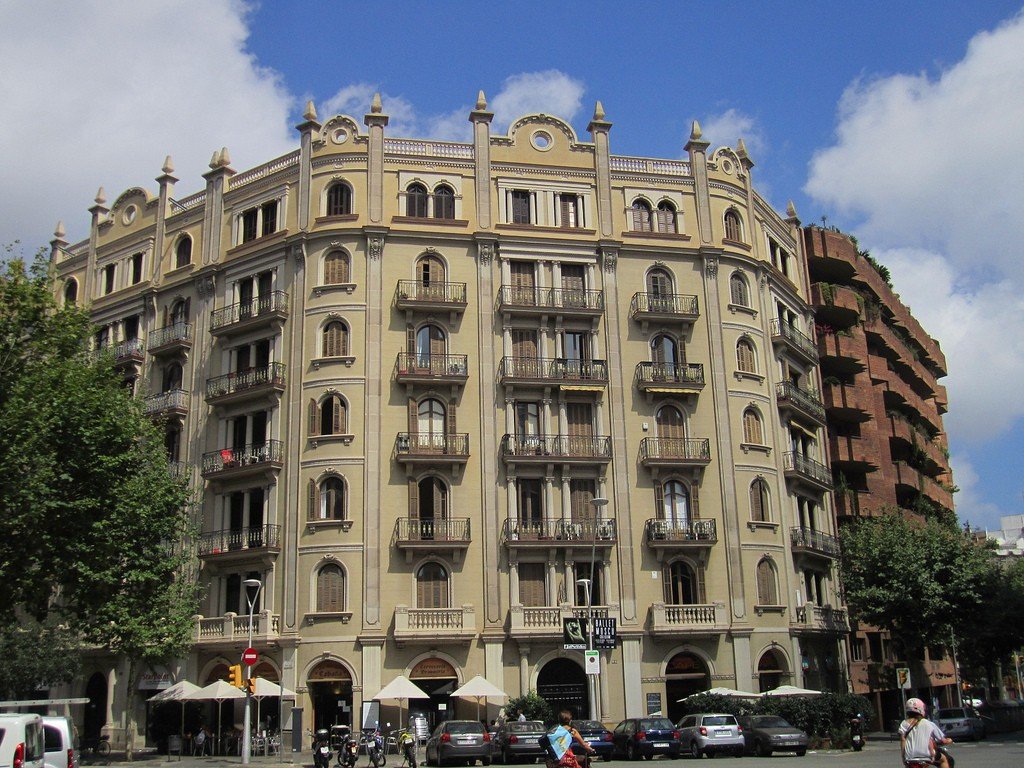
General information
The main architect of the Eixample is Antoni Gaudi, here you will find his last, unfinished masterpiece, the Sagrada Familia Cathedral, and a number of other creations. The cathedral’s many pointed spires, constantly surrounded by cranes and scaffolding, have become a symbol of Barcelona’s individuality.
.
Construction began in 1882 and was interrupted by the First World War. When Gaudi passed away in 1926, only the façade of the Nativity was completed. Since then, the periodic resumption of construction has been interrupted by endless disputes. The fact is that the cathedral has no architectural project, because that was the principle of Gaudi’s work. In 1986, the Passion façade was commissioned, designed by Josep Maria Subiraxa, who added to the aesthetic confusion with his macabre statues.
.
Gaudí’s ashes rest in the crypt, where services are held and there is a small museum dedicated to the cathedral’s history.
.A much more successful monument to Gaudi’s work is La Pedrera (or Casa Mila), a house located in the heart of the Eixample. This original apartment building was built between 1906 and 1912. In the attic is another Gaudí museum, a remarkable display of models, designs and sketches created by the master’s imagination. From here you can access the unusual terraced roof, where the stove and ventilation pipes are made in the form of biomorphic shapes. The successful Catalan bank Caixa finances this museum and organizes excellent exhibitions on the first floor (the gift store and bar next door are very good, by the way).
.Other Gaudí creations nearby are Casa Batllo (1906) at Passeig de Gracia 43, Casa Calvet (1899) at Casp 48, Torre de Bellesgarde (1909) at Bellesgarde 16- 20 and Casa Vicens (1888) at Carolines 24.
.One of Gaudí’s most famous creations is Park Güell. It is located 2.5 km west of the Sagrada Familia, at the foot of Mont Carmel and the exit of the Eixample. Originally (1900-1914) this park was conceived as an elite village with 60 houses. However, it was a commercial failure because it was too far from the city. Then Gaudi’s patron Count Eusebio Güell gave free rein to the architect’s imagination. The result was a labyrinth of complex viaducts, pavilions, staircases, fountains, benches, curved columns and arches decorated with ceramic mosaics. The Gaudí House Museum (the house designed by Francisco Berenguer where Gaudí lived) is less interesting, with only a few drawings and furnishings on display. Buy a ticket for an hour-long tour of the park to get a solid idea of Gaudi’s artistic concept.
.
Another artist that Catalonia is proud of is Antonio Tapies (born 1923). In 1984 he founded the Antonio Tapies Foundation (Arago 255, tel. 93 487 03 15, closed Mon-Fri) to support contemporary art, preserve his own collection and create an impressive library of modern and oriental art. All this is housed in a building designed by Luis Domenech-i-Montaner (1850- 1923) in the modernist style.
.